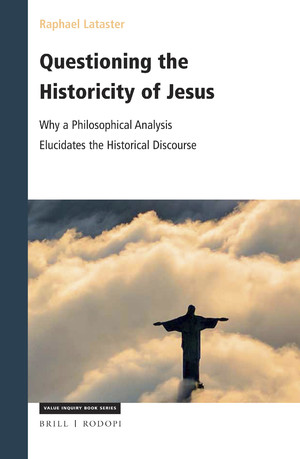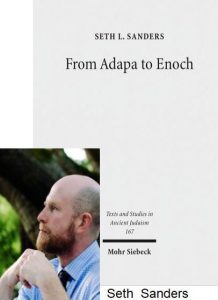The Lesson of the Watergate affair:
The major scandal of Watergate as portrayed in the mainstream press was that the Nixon administration sent a collection of petty criminals to break into the Democratic party headquarters, for reasons that remain obscure. The Democratic party represents powerful domestic interests, solidly based in the business community. Nixon’s actions were therefore a scandal. The Socialist Workers party, a legal political party, represents no powerful interests. Therefore, there was no scandal when it was revealed, just as passions over Watergate reached their zenith, that the FBI had been disrupting its activities by illegal break-ins and other measures for a decade, a violation of democratic principle far more extensive and serious than anything charged during the Watergate hearings. What is more, these actions of the national political police were only one element of government programs extending over many administrations to deter independent political action, stir up violence in the ghettos, and undermine the popular movements that were beginning to engage sectors of the generally marginalized public in the arena of decision-making. These covert and illegal programs were revealed in court cases and elsewhere during the Watergate period, but they never entered the congressional proceedings and received only limited media attention. Even the complicity of the FBI in the police assassination of a Black Panther organizer in Chicago was not a scandal, in marked contrast to Nixon’s “enemies list,” which identified powerful people who were denigrated in private but suffered no consequences. As we have noted, the U.S. role in initiating and carrying out the first phase of “the decade of the genocide” in Cambodia entered the Watergate proceedings only marginally: not because hundreds of thousands of Cambodians were slaughtered in the course of a major war crime, but because Congress was not properly notified, so that its privileges were infringed, and even this was considered too slight an infraction to enter the final charges. What was true of Congress was also true of the media and their investigative reporting that “helped force a President from office” (Lewis) in what is held to be a most remarkable display of media independence, or arrogance, depending on one’s point of view.
History has been kind enough to contrive for us a “controlled experiment” to determine just what was at stake during the Watergate period, when the confrontational stance of the media reached its peak. The answer is clear and precise: powerful groups are capable of defending themselves, not surprisingly; and by media standards, it is a scandal when their position and rights are threatened. By contrast, as long as illegalities and violations of democratic substance are confined to marginal groups or distant victims of U.S. military attack, or result in a diffused cost imposed on the general population, media opposition is muted or absent altogether. This is why Nixon could go so far, lulled into a false sense of security precisely because the watchdog only barked when he began to threaten the privileged.
Exactly the same lessons were taught by the Iran-contra scandals and the media reaction to them. It was a scandal when the Reagan administration was found to have violated congressional prerogatives during the Iran-contra affair, but not when it dismissed with contempt the judgment of the International Court of Justice that the United States was engaged in the “unlawful use of force” and violation of treaties—that is, violation of the supreme law of the land and customary international law—in its attack against Nicaragua. The sponsorship and support of state terror that cost some 200,000 lives in Central America in the preceding decade was not the subject of congressional inquiries or media concern. These actions were conducted in accord with an elite consensus, and they received steady media support, as we have seen in reviewing the fate of worthy and unworthy victims and the treatment of elections in client and errant states.
Herman, Edward S., and Noam Chomsky. 1994. Manufacturing Consent: The Political Economy of the Mass Media. London: Vintage. pp. 299-300










